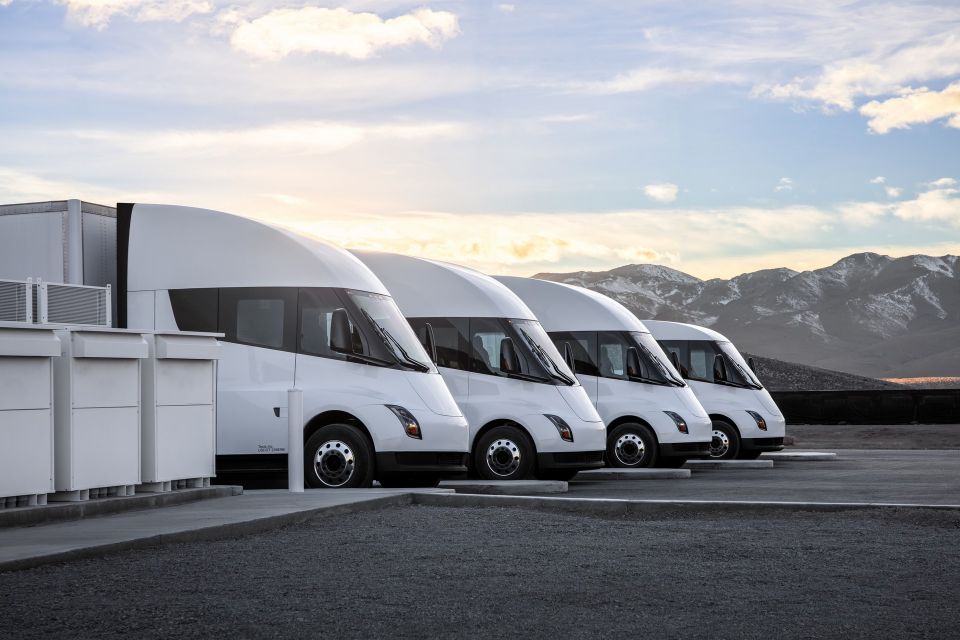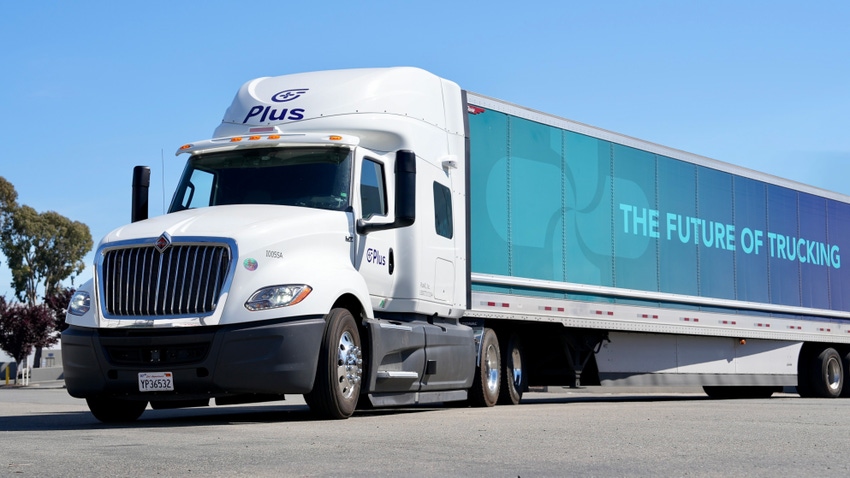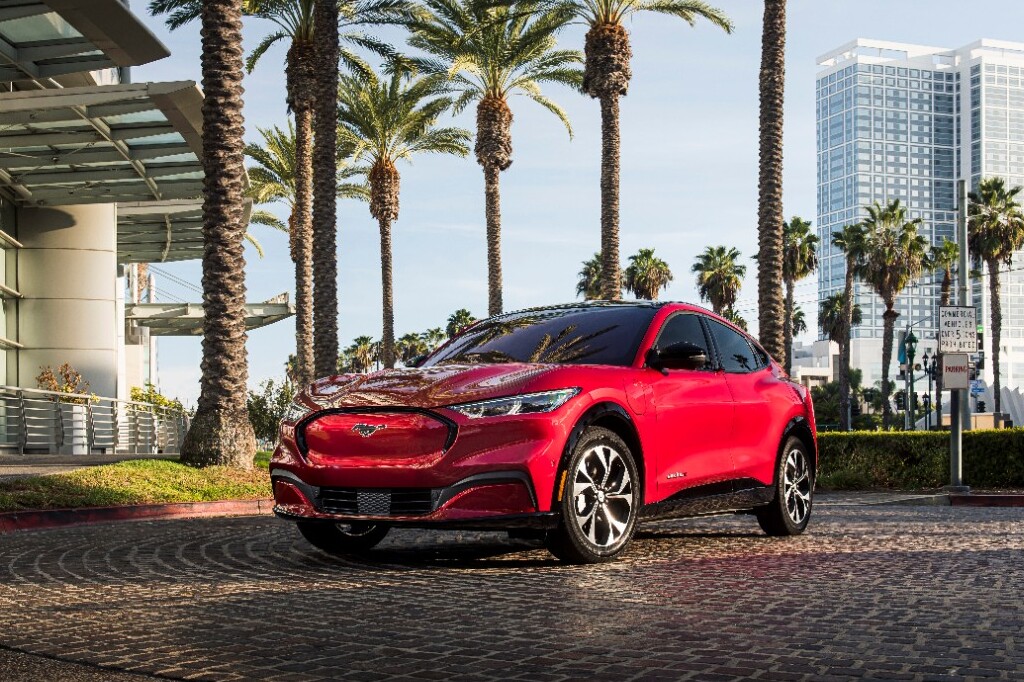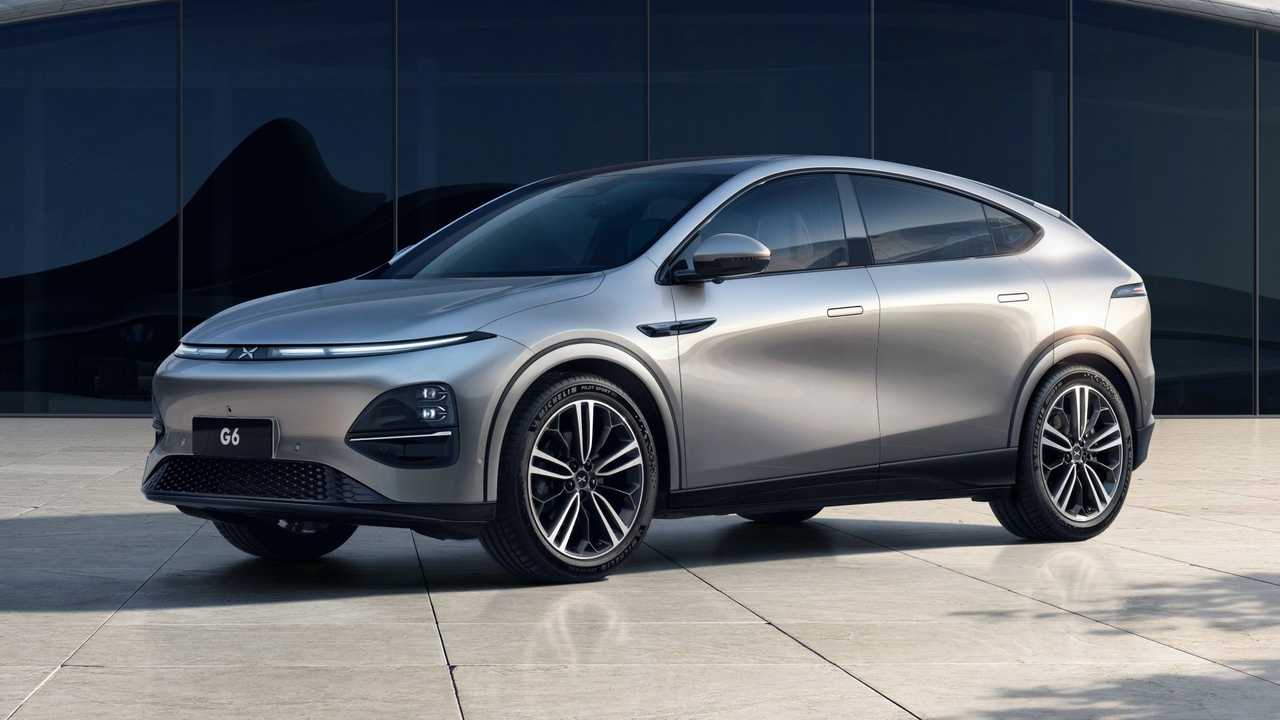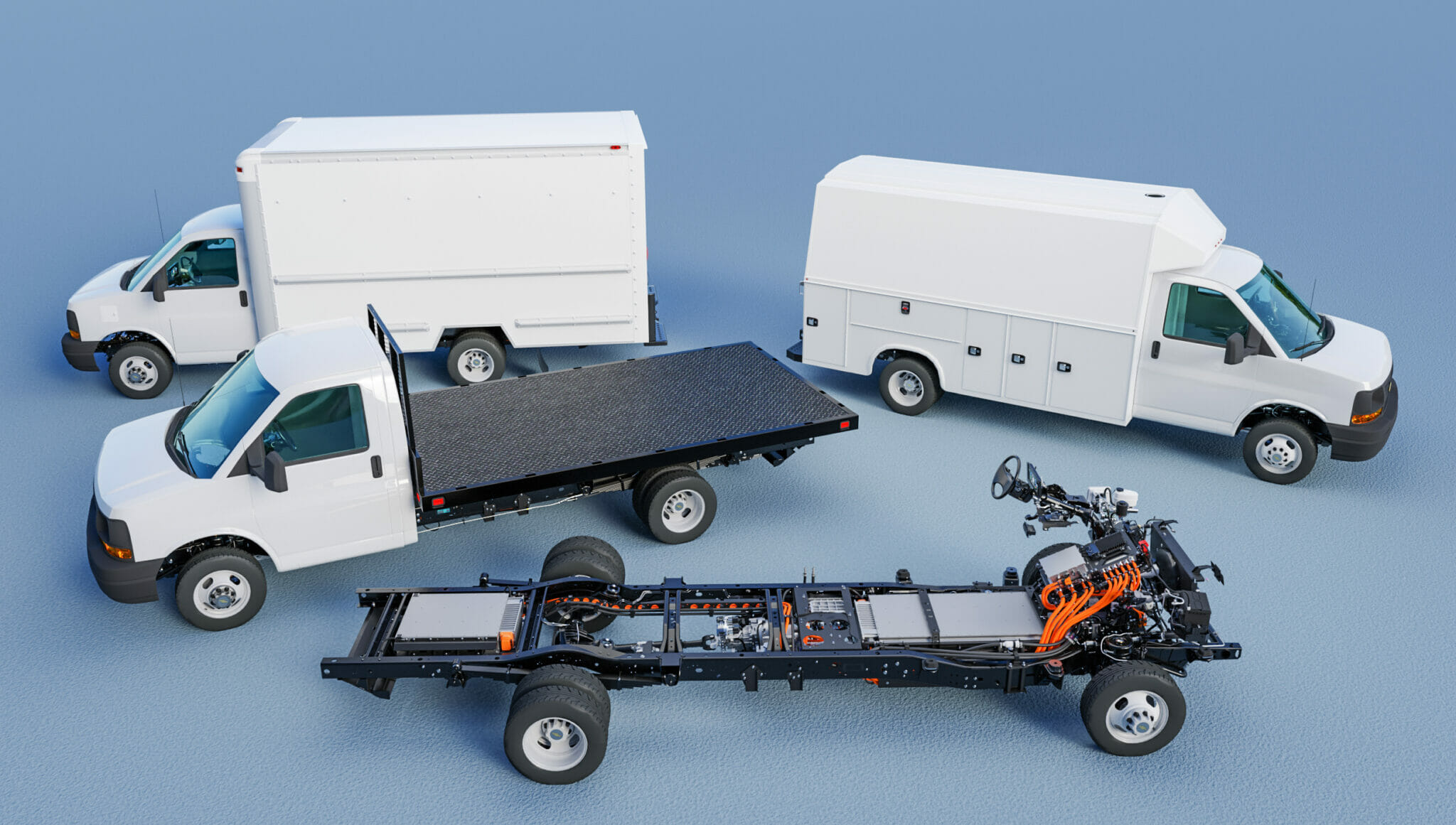According to a recent research note by CITIC Securities analyst Yuan Jiancong’s team, China’s electrification transition is extending beyond passenger cars to include heavy trucks. The report indicates that by 2025, sales of electric heavy trucks in China are projected to reach 190,000 units, accounting for approximately 16 percent of the market. Moreover, the team predicts that the penetration rate of electric heavy trucks will soar to 35 percent by 2030, signifying a significant milestone in their widespread adoption.
The surge in the penetration of new energy heavy trucks in China can be attributed to the nation’s stringent regulations on carbon emissions from high-emitting companies. These measures have played a substantial role in propelling the growth of electric heavy trucks since 2021. In 2022 alone, retail sales of new energy heavy trucks in China experienced a remarkable 142 percent year-on-year increase, with a penetration rate of around 5 percent, as reported by CITIC Securities, citing data from the China Automotive Technology and Research Center (CATARC).
At present, pure electric models make up 89 percent of new energy heavy trucks in China, half of which support battery swap technology. The team highlights that battery swap is particularly well-suited for heavy-duty trucks due to their larger battery sizes and longer charging times. This efficiency-driven approach has prompted an escalation in the adoption of battery swap-enabled heavy-duty trucks, with expectations that they will soon dominate the industry.
CATL, a prominent Chinese power battery manufacturer, recently unveiled Qiji Energy, a battery swap solution designed specifically for heavy-duty trucks. Similar to CATL’s previous EVOGO solution for passenger cars, Qiji Energy offers flexibility in battery usage. With a capacity of 171 kWh in a single battery block, heavy trucks can opt for 1-3 blocks, enabling a swift battery replacement process lasting only a few minutes. CATL estimates that heavy truck operators utilizing the vehicle-battery separation model can save between RMB 30,000 ($4,190) and RMB 60,000 in annual costs.
CITIC Securities anticipates that CATL’s battery swap innovation will further accelerate the electrification of heavy trucks in China. The team suggests that regions with greater demands for extended range and cost-effectiveness will experience a more rapid adoption of electric heavy trucks. They also acknowledge the positive impact of Tesla’s Semi, the company’s first electric heavy truck, which commenced deliveries in December 2022. The Tesla Semi boasts an impressive range of 800 km when fully loaded at 37 tons and has met the criteria for widespread commercial operation.
Electric heavy-duty trucks have demonstrated favorable economic performance in both the United States and China, with the Tesla Semi potentially catalyzing industry growth in the American market. In China, the near-term adoption of electric heavy-duty trucks is expected to be driven by policy, particularly in sectors such as coal industrial parks, steel industrial parks, and sanitation services. Looking ahead, the team envisions that market forces will propel further growth in the sector between 2025 and 2030 as electric heavy trucks continue to improve in terms of economy and range.


